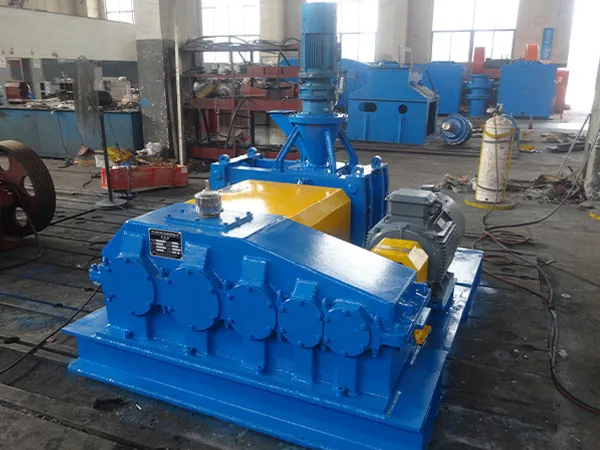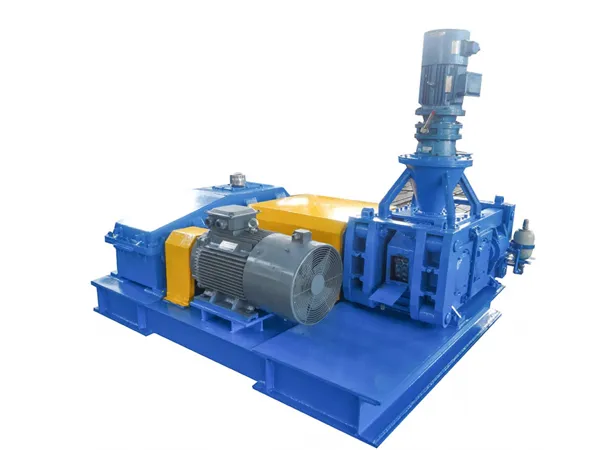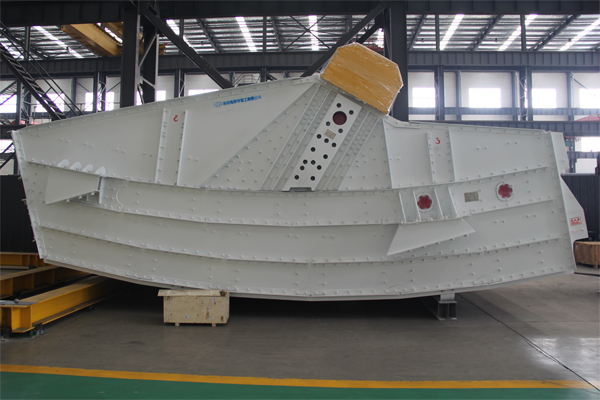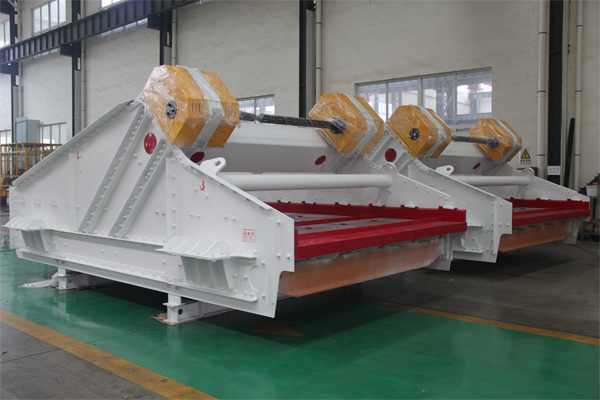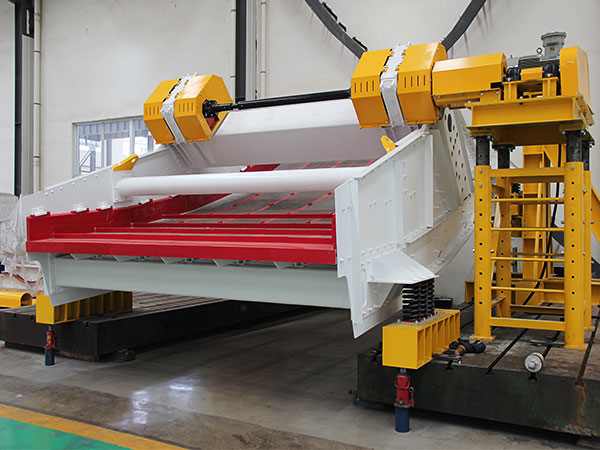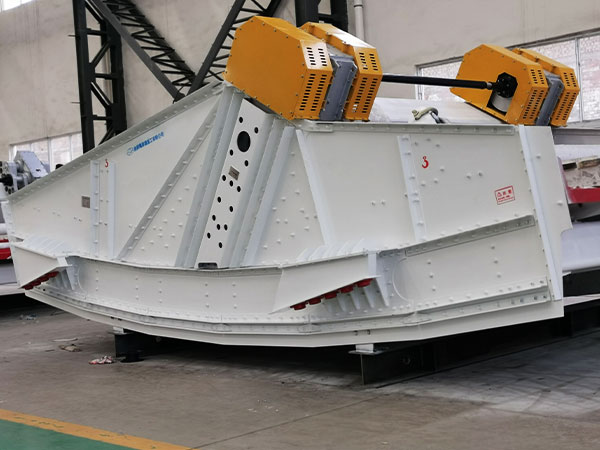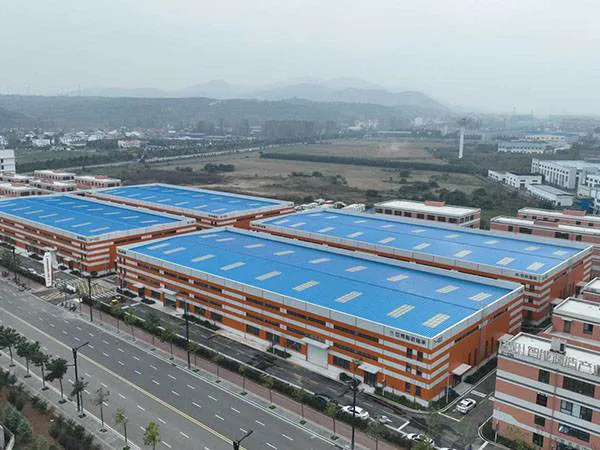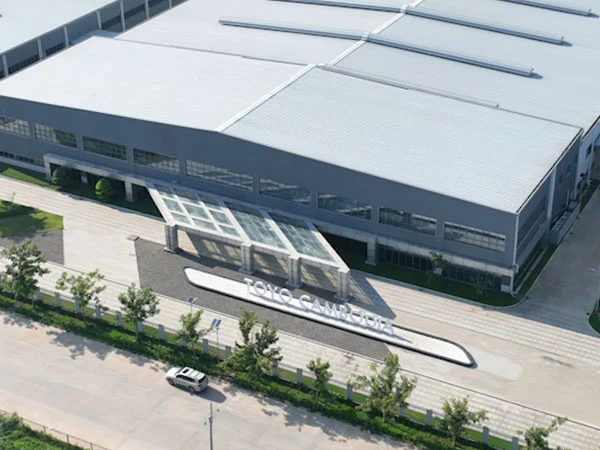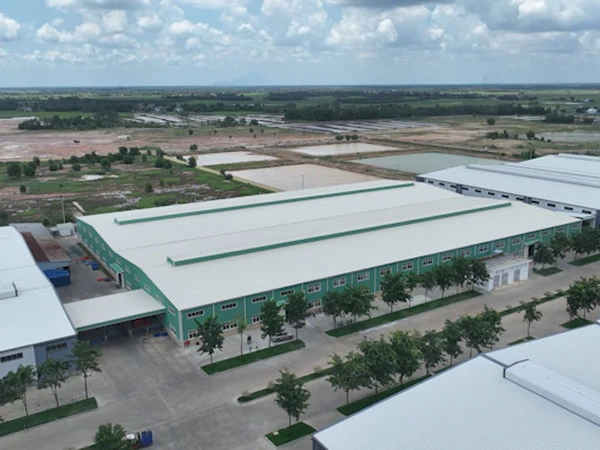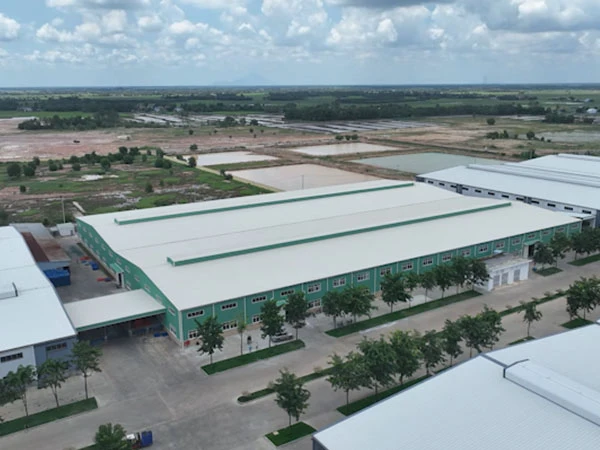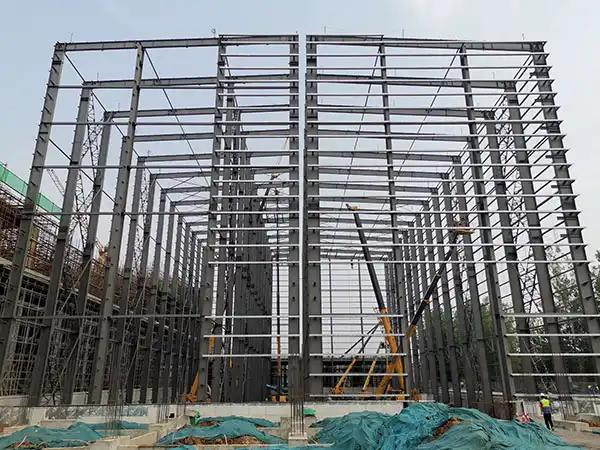В современном мире, устойчивое развитие и энергоэффективность стали центральными темами промышленного роста.. Для таких отраслей, как деревообработка, производство мебели, и лесопилки, большие количества опилок и древесной щепы часто рассматриваются как отходы – занимает ценное пространство, увеличение затрат на утилизацию, и создают опасность пожара.
Но что, если бы эти древесные отходы можно было бы превратить в мощный источник возобновляемой энергии?? В Машина для брикетирования биомассы древесных опилок делает это возможным, превращая промышленные отходы в чистые, дорогостоящее топливо.
Что такое машина для брикетирования биомассы древесных опилок?
Машина для брикетирования биомассы — это современное оборудование, которое сжимает сыпучие материалы биомассы, такие как опилки., рисовая шелуха, солома, или сельскохозяйственные отходы в плотные блоки или цилиндрические брикеты. Они известны как топливные брикеты из биомассы., экологически чистая альтернатива углю или другим ископаемым видам топлива.
Посредством физической экструзии под высоким давлением и высокой температурой, машина связывает волокна биомассы естественным путем без каких-либо химических добавок, формирование прочных и высокоэнергетических брикетов.
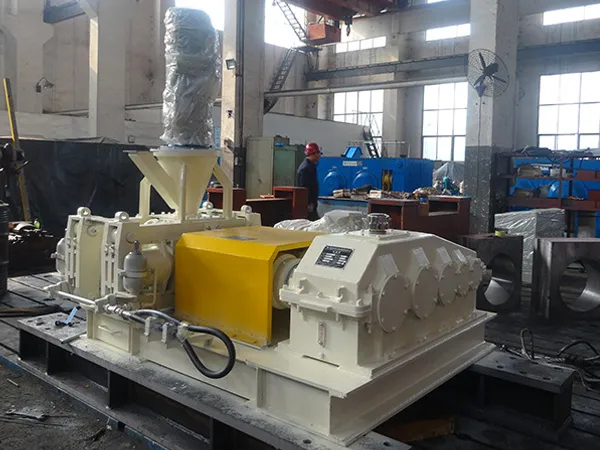
Почему стоит выбрать машину для брикетирования древесных опилок?
1. Идеальное решение для управления отходами
Больше никаких гор опилок! Брикетировочная машина значительно снижает объем отходов, упрощает и удешевляет хранение и транспортировку. Это практичный способ сократить расходы на утилизацию отходов и экологические риски..
2. Создайте ценную зеленую энергию
После сжатия, брикеты из опилок имеют более высокую теплотворную способность и эффективность горения по сравнению с сырыми опилками.. Они производят меньше дыма и пепла., что делает их идеальным возобновляемым заменителем угля и нефти.. Это превратит ваши отходы в товар, пригодный для продажи., чистый источник энергии.
3. Реальные экономические выгоды
Снижение затрат на электроэнергию: Используйте брикеты биомассы собственного производства для замены дорогостоящего внешнего топлива.. Дополнительный поток дохода: Продавать брикеты местным теплостанциям, электростанции, или другие промышленные пользователи. Соответствие нормативным требованиям: Правильная переработка отходов помогает избежать экологических штрафов и способствует получению экологических сертификатов..
…

